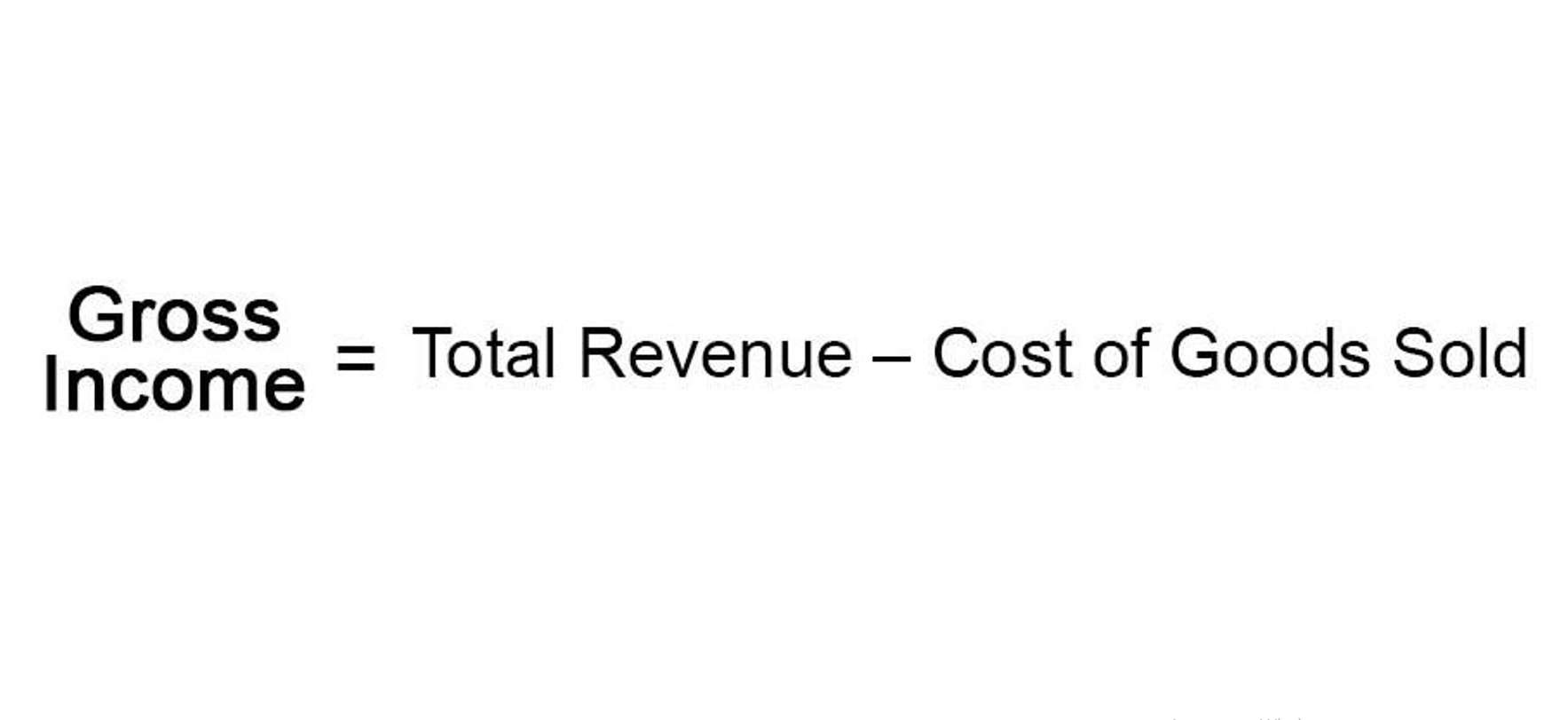
In such cases, the company reports lower net income during the useful life of the asset, which is pretty early and is mostly not deemed acceptable. While it’s no secret that depreciation happens, when it comes to taxes, you might be better off selecting one method over the other when it comes to calculating the depreciation value. However, you should be aware of the method your company uses to maintain its books of accounts. It’s always best to have a rationale for why you’re using a particular method and the purpose the method serves for your new https://www.bookstime.com/ business. Several concepts have to be taken care of while you are preparing your books of accounts.
What Is the Declining Balance Method of Assets Depreciation?
These include various elements like assets, liabilities, taxes, and so on. In the second year, depreciation is calculated in a regular way by multiplying the remaining book value of $36,000 ($40,000 — $4,000) by 40%. This is when that year’s depreciation is limited to the amount that will reduce the asset’s book value to its residual value. All physical assets run across decreasing their value over a period of time due to continuous use, deterioration, or obsolescence.

Do you own a business?
- The amount of final year depreciation will equal the difference between the book value of the laptop at the start of the accounting period ($218.75) and the asset’s salvage value ($200).
- Therefore, under the double declining balance method the $100,000 of book value will be multiplied by 20% and will result in $20,000 of depreciation for Year 1.
- While the straight line depreciation method sounds the most convenient to use with streamlined accounting calculations, the declining balance method provides you a precise accounting of the asset’s value.
- Using the double-declining balance method, the $100,000 of book value is multiplied by 20%, resulting in $20,000 of depreciation in the first year.
- The double declining balance method of depreciation is just one way of doing that.
- When you talk to a financial professional about depreciation, they’re going to recommend one of two methods.
By the end of this guide, you’ll be equipped to make informed decisions about asset depreciation for your business. Double declining balance depreciation is an accelerated depreciation method that charges twice the rate of straight-line deprecation on the asset’s carrying value at the start of each accounting period. Double declining balance depreciation allows for higher depreciation expenses in early years and lower expenses as an asset nears the end of its life. By dividing 100% by the asset’s useful life (in no. years) you get the asset’s straight-line depreciation rate. Further, by multiplying that rate by two, you’ll get you double declining depreciation rate.

Double Declining Depreciation Rate Calculation
You’ll also need to take into account how each year’s depreciation affects your cash flow. When accountants use double declining appreciation, they track the accumulated depreciation—the total amount what is double declining balance they’ve already appreciated—in their books, right beneath where the value of the asset is listed. If you’re calculating your own depreciation, you may want to do something similar, and include it as a note on your balance sheet. Every year you write off part of a depreciable asset using double declining balance, you subtract the amount you wrote off from the asset’s book value on your balance sheet. Starting off, your book value will be the cost of the asset—what you paid for the asset.

It involves more complex calculations but is more accurate than the Double Declining Balance Method in representing an asset’s wear and tear pattern. This method balances between the Double Declining Balance and Straight-Line methods and may be preferred for certain assets. Of course, the pace at which the depreciation expense is recognized under accelerated depreciation methods declines over time.
- Leveraging AI in accounting allows businesses to focus on strategic decision-making, reduce errors, and enhance overall financial management.
- You may conclude saying that it’s a description of the assets you purchase, it’s purchase date, cost, it’s useful life and its salvage value.
- A big part of being a business owner is understanding the assets and expenses your business has.
- To get a better grasp of double declining balance, spend a little time experimenting with this double declining balance calculator.
- Simultaneously, you should accumulate the total depreciation on the balance sheet.
- By automating the complex calculations required for methods like DDB, AI ensures accuracy and saves valuable time.
What is your current financial priority?
Our Financial Close Software is designed to create detailed month-end close plans with specific close tasks that can be assigned to various accounting professionals, reducing the month-end close time by 30%. The workspace is connected and allows users to assign and track tasks for each close task category for input, review, and approval with the stakeholders. It allows users to extract and ingest data automatically, and use formulas on the data to process and transform it. Once the asset is valued on the company’s books at its salvage value, it is considered fully depreciated and cannot be depreciated any further.
When the depreciation rate for the declining balance method is set as a multiple, doubling the straight-line rate, the declining balance method is effectively the double-declining balance method. Over the depreciation process, the double depreciation rate remains constant and is applied to the reducing book value each depreciation period. Charges calculated with this method continue to decline as the double depreciation rate and depreciation base continue to decrease. At the end of the depreciation period, the balance of the book value is reduced to the asset’s salvage value. For the salvage value to remain the same, the final depreciation charge may need to be limited to a lesser amount. Suppose you have a company car that costs $100,000, has a useful life of 10 years, and a salvage value of $10,000.
- In this way, the company is not only saving more money, but those deductions also correlate with how rapidly the asset will decline.
- The following section explains the step-by-step process for calculating the depreciation expense in the first year, mid-years, and the asset’s final year.
- At the end of the depreciation period, the balance of the book value is reduced to the asset’s salvage value.
- In case of any confusion, you can refer to the step by step explanation of the process below.
- Instead, the asset will depreciate by the same amount; however, it will be expensed higher in the early years of its useful life.
- With this method, you’ll see that the depreciation will continue until the asset’s salvage value.
Potential Downsides of the Double Declining Balance Depreciation Method
We have helped accounting teams from around the globe with month-end closing, reconciliations, journal entry management, intercompany accounting, and financial reporting. Consider a scenario where a company leases a fleet of cars for its sales team. These cars are crucial for the business, but they also lose value quickly due to high mileage and wear and tear. Using the DDB method allows https://www.facebook.com/BooksTimeInc/ the company to write off a larger portion of the car’s cost in the first few years.
What is the Double Declining Balance Method?
With the constant double depreciation rate and a successively lower depreciation base, charges calculated with this method continually drop. The balance of the book value is eventually reduced to the asset’s salvage value after the last depreciation period. However, the final depreciation charge may have to be limited to a lesser amount to keep the salvage value as estimated. To be able to apply the double declining depreciation formula, you are required to know the asset’s useful life and price first. You’ll expect it to run for ten years, and estimate a salvage value of $5,000. Under the straight-line depreciation method, your company will deduct $4,500 for ten years ($50,000 – $5,000/10).

